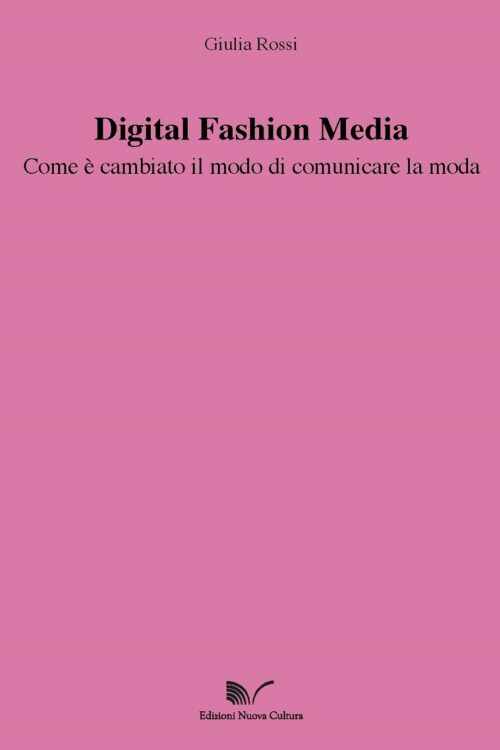
Fashion becomes History
Bourgeois, revolutionaries, roles
and national identities
€30.00 – €37.00
Each epoch leaves its mark in many ways, showing the constitutive elements of the model that best represents its ideology in politics, economy and in international dynamics. Fashion – seen in its chronological sequence – attests to ideas, values and symbols, through which it affirms the centrality of clothing which has become, throughout history, a real language, an additional sign of power, a testimony of rank, economic consistency and cultural level. From the nobility of ancient origin to the emerging bourgeoisies, to revolutionaries and workers, clothes became one of the many ways of representing human typologies, of expressing them through evident signs or metaphors, hence drawing physical and social prototypes. The path outlined in the present volume is an extraordinary journey through archival documents, paintings, fashion houses, maîtres and stylists, weaving a rich and fascinating history, another way of telling the many stories of Europe.
Giovanna Motta, Full Professor of Economic and Social History at Sapienza University of Rome. She has also taught at the Universities of Messina, Salerno, Viterbo, Rome and she has been department director and coordinator of the PhD programme in “History of Europe” at Sapienza University of Rome. She has published with numerous publishers, particularly Giuffrè, Olschki, Franco Angeli, Passigli. Professor Motta has edited several volumes on social and economic history in the Mediterranean and Flemish areas. She received an honorary doctorate in History from Petru Maior University of Tirgu Mure, in Romania. Among her recent publications are: La città ferita. Il terremoto dello Stretto e la comunità internazionale (2008); Il mercante di panni (2009); Baroni in camicia rossa (2011); Raccontami una storia. Fiabe, leggende e miti nella memoria dei popoli (2011); La città delle donne. Storie metropolitane al femminile (2012); Nell’Europa dell’età moderna (2013); Il Baltico, un mare interno nella storia di lungo periodo (2013); Un’alleanza matrimoniale nel destino dell’imperatore dei francesi e l’Europa napoleonica (2014); The Marriage Policy of Napoleon Bonaparte, in Empires and Nations from Eighteenth, Cambridge Scholars (2014); War, Economy and Pacifism in the Thought of Rosa Luxemburg, in The First World War. Analysis and Interpretation (2015); La moda contiene la storia e ce la racconta puntualmente (2015); La moda si fa storia (2016); I tempi e i luoghi del cibo (2017); Guerra, economia, pacifismo nel pensiero di Rosa Luxemburg (2018); La forza della moda. Potere, rappresentazione, comunicazione (2019); Una storia di lunga durata. Contrasti, integrazione, contaminazione nel Mediterraneo dell’età moderna (2020); Pandemie. Nell’immaginario e nella realtà, fra suggestioni, storie, significati simbolici (2020).
Anno: 2021
Pagine: 192
Formato: 17 x 24 cm
Peso Kg: 0.268
Colore: Quadricromia
Copertina: Morbida
Legatura: Brossura
Lingua: Italiano
ISBN cartaceo: 9788833653518
ISBN digitale: 9788833653655




